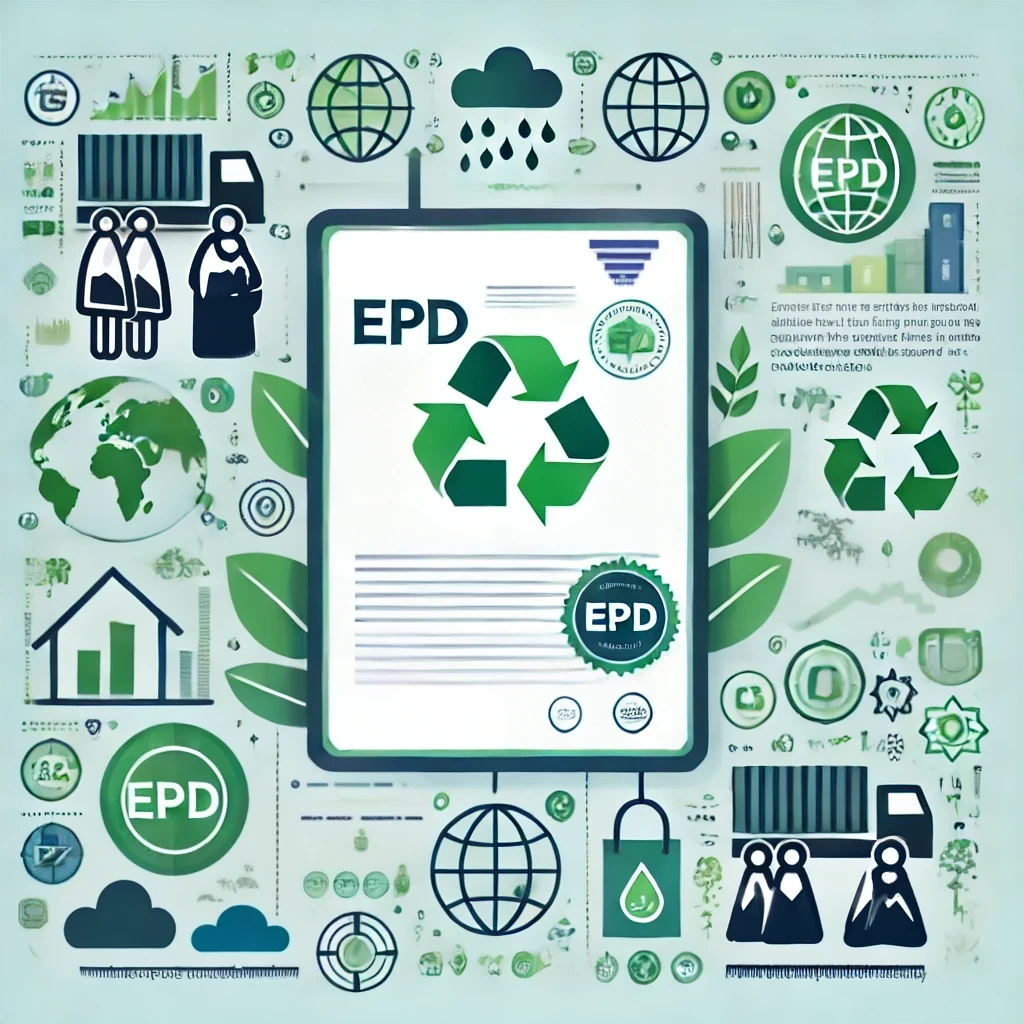What is an EPD Certificate?
An EPD Certificate is an internationally recognized document that transparently, impartially, and with verified data, presents the environmental impacts of a product throughout its entire lifecycle. Prepared based on the ISO 14025 standard, this certificate includes Life Cycle Assessment (LCA) data, covering all stages such as raw material sourcing, production, transportation, usage, and disposal.
Created under the guidance of Product Category Rules (PCR), the EPD undergoes third-party verification to ensure its reliability. It is widely used in industries such as construction materials, industrial products, and the energy sector.
The EPD Certificate helps companies measure their environmental performance, supporting sustainability goals and serving as an essential criterion for green building certifications such as LEED and BREEAM. Additionally, it provides a competitive advantage in the global market while offering environmental transparency to consumers and stakeholders.
Why is the EPD Certificate Important?
The EPD Certificate plays a critical role in sustainability efforts by presenting a product’s environmental impacts with transparent and scientific data. Preparing products based on Life Cycle Assessment (LCA) enables the measurement and comparison of environmental performance. It is a key criterion for green building certifications (such as LEED and BREEAM) and provides additional points for projects. The EPD certificate offers a competitive advantage in the global market, facilitates export processes, and strengthens consumer trust by enhancing environmental transparency. Additionally, it helps companies achieve sustainability goals, contributes to carbon footprint reduction strategies, and supports circular economy principles.
What is Life Cycle Assessment (LCA)?
Life Cycle Assessment (LCA) is a scientific analysis method that evaluates a product’s environmental impact across all stages, from raw material sourcing to production, usage, and disposal. It is conducted according to ISO 14040 and ISO 14044 standards. LCA measures energy consumption, greenhouse gas emissions, water usage, and waste generation, providing insights into a product’s environmental footprint.
This analysis helps develop sustainability strategies and allows comparison of environmental performance between products. LCA is a key step in EPD certification and enables companies to reduce their carbon footprint while fulfilling environmental responsibilities.
What Does the ISO 14025 Standard Represent?
The ISO 14025 standard is an international standard developed for environmental labels and declarations. It defines Type III environmental declarations, ensuring that a product’s environmental impacts are presented based on scientific data throughout its lifecycle.
ISO 14025 aims to provide transparent, verified, and comparable environmental information, allowing consumers to make sustainable choices while enabling manufacturers to prove their product’s environmental performance at a global scale, gaining a competitive advantage.
What Are the Environmental Benefits of the EPD Certificate?
The EPD certificate ensures transparent evaluation of a product’s environmental impacts throughout its entire lifecycle. By measuring factors such as carbon footprint, energy consumption, and water usage, it helps identify areas for improvement.
With the EPD certificate, companies:
- Develop strategies to reduce environmental impact,
- Improve resource efficiency,
- Minimize waste,
- Promote sustainable production processes,
- Contribute to climate change mitigation and circular economy goals.
How Does the EPD Certificate Support Sustainability Goals?
The EPD certificate supports sustainability goals by presenting a product’s environmental impacts with transparent and verified data. The EPD certification allows companies to demonstrate their environmental responsibility, providing a competitive advantage in the global market.
What is EN 15804?
EN 15804 is a European standard that defines the fundamental rules for preparing EPDs for construction materials and products. This standard aims to ensure transparent, comparable, and consistent presentation of Life Cycle Assessment (LCA) data for products.
EN 15804 evaluates environmental impacts at all stages, from raw material extraction to production, usage, and disposal. EPDs prepared under this standard are recognized in green building certification systems such as LEED and BREEAM and are preferred in sustainable construction projects. EN 15804 supports transparent and reliable environmental performance of products in the international market.
Who Requires an EPD Certificate?
The EPD certificate is requested by various stakeholders involved in sustainability-focused projects. It is mainly demanded by:
- Contractors, project managers, and designers seeking compliance with green building certification systems (such as LEED, BREEAM, and DGNB).
- Manufacturers and industrial companies looking to prove their product’s environmental performance, gain a competitive advantage in exports, and increase trust in international markets.
- Investors, suppliers, and consultancy firms aiming to achieve sustainability goals in public and private sector projects.
- Environmentally conscious consumers and businesses wanting to understand the environmental impact of the products they purchase.
The EPD certificate increases transparency, supporting eco-friendly product choices.
What is the Difference Between the EPD Certificate and Product Carbon Footprint (PCF)?
Both the EPD certificate and Product Carbon Footprint (PCF) evaluate environmental impacts, but they differ in scope and purpose.
- The EPD certificate (Environmental Product Declaration) is based on Life Cycle Assessment (LCA) and presents comprehensive environmental impacts across all lifecycle stages, from production to disposal. It follows EN 15804 and ISO 14025 standards. In addition to greenhouse gas emissions, it includes energy consumption, water usage, and waste generation.
- Product Carbon Footprint (PCF), on the other hand, measures only the carbon emissions (CO₂e) produced throughout a product’s lifecycle. It is calculated according to ISO 14067 and does not consider other environmental impacts.
Conclusion
The EPD certificate provides a comprehensive environmental performance analysis, while PCF focuses solely on carbon emissions. Thus, EPD certification is a more extensive sustainability tool, supporting environmental responsibility, transparency, and global competitiveness.


